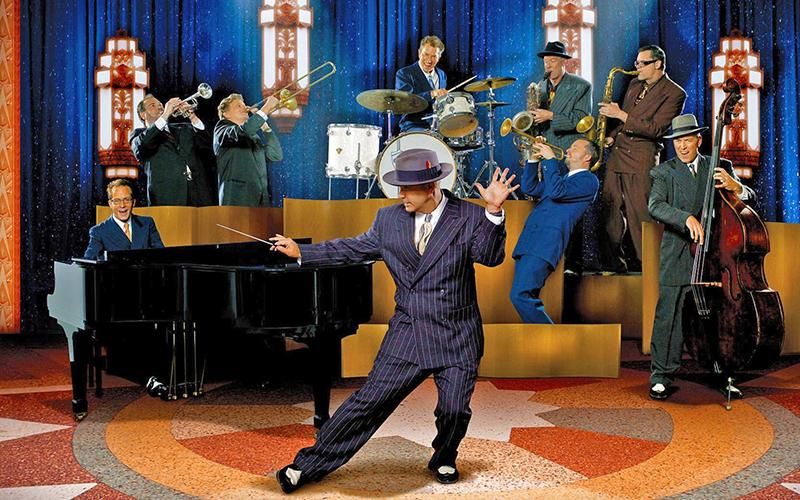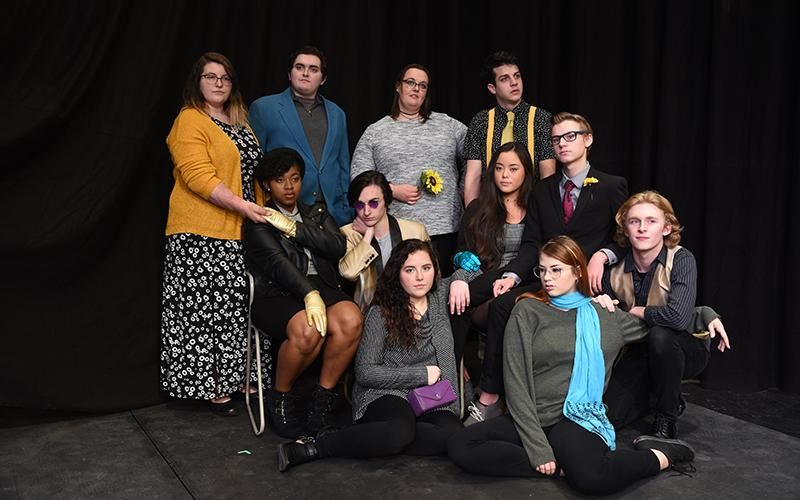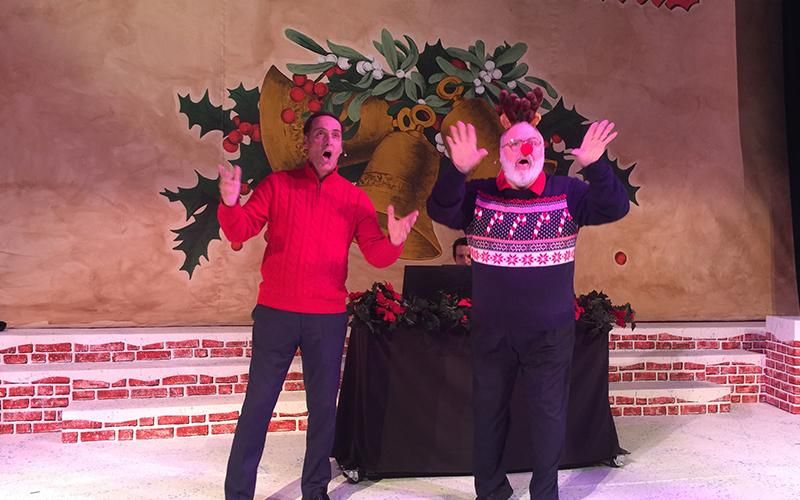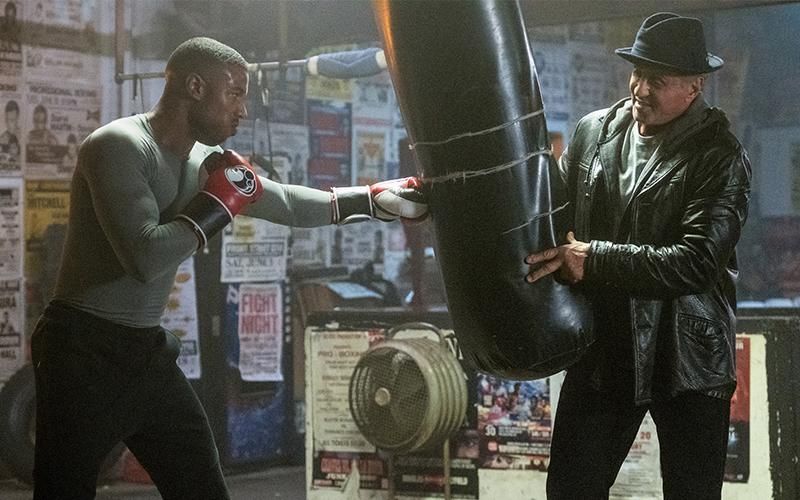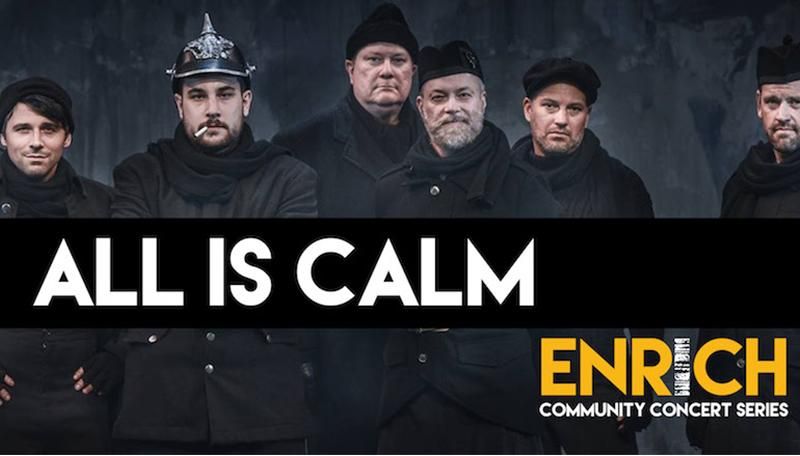The year is 1996, and there’s a dance craze sweeping the nation. All the cool kids want to swing. As dance crazes go, this one is more immersive than most, with dancers donning period clothes when they hit the dance floor and clubs serving up a lot more martinis than they did the year before.
This dance craze could be traced back to a single cultural moment: the release of the movie Swingers and its retro big-band jazz soundtrack. The hit movie launched the film careers of Jon Favreau and Vince Vaughn, and it fueled, for a glorious year or two, a nationwide swing mania.
And the band featured prominently in the movie, the deliciously named Big Bad Voodoo Daddy, has never stopped swinging.
Humble beginnings to the super bowl
The band’s story doesn’t begin with Swingers, though. In the ’80s in southern California, Scotty Morris and Kurt Sodergren were doing what a lot of musical kids were doing — playing in alternative and punk bands and trying to figure out what musical direction they wanted to go. When they formed their own band, they started focusing on grungy blues rock.
When guitarist Morris suggested adding a horn section to the band and playing swing music, drummer Sodergren went along, and they began to develop a sound with a historical bent that combined jazz, swing, and dixieland. This unusual direction demanded an unusual band name. Morris had the perfect inspiration with his memory of meeting legendary blues guitarist Albert Collins and asking for an autograph.
“He signed my poster, ‘To Scotty, the big bad voodoo daddy,’” Morris said. “I thought it was the greatest name I had ever heard on one of the greatest musical nights of my life. So when it came time to name this band, I didn’t really have a choice. I felt like it was handed down to me.”
Through the early ’90s, the band built a following at places like The Derby in Los Angeles, but they didn’t know they were part of anything more than a local trend. When they encountered other bands playing swing, Sodergren recalls they “definitely knew something was going on,” but it wasn’t until the little indie film they’d appeared in became a big hit that reality started to sink in. Suddenly, the band was able to book gigs across the country.
It’s hard to overstate how big it became from there. The Swingers soundtrack made songs like “You & Me & The Bottle Makes 3 Tonight (Baby),” “I Wanna Be Like You,” and “Go Daddy-O” into the most familiar tunes of the exploding swing movement, and BBVD became the de facto face of swing, appearing on every talk show on TV, along with the occasional sitcom, dance competition series, and animated kids’ show. The pinnacle, arguably, was the band’s performance in the halftime show of Super Bowl XXXIII in January 1999.
Putting the ‘win’ in ‘swing’
The pinnacle, maybe, but far from the end. Since 1998, the band has released eight studio albums and a live CD/DVD compilation. In 2009, they released How Big Can You Get? The Music of Cab Calloway, a tribute to the artist who has been perhaps the biggest influence on their music. In 2004, they released their first holiday collection, Everything You Want for Christmas. While other pioneers of the ’90s swing revival have come and gone, BBVD has not slowed down, charging through 2018 in celebration of their 25th year as a hard-working band.
One thing that keeps them going is their Christmas tours, which they’ve turned into something of a tradition over the past several years. Their holiday shows, including the Dec. 16 show at the Clyde Theatre, find the natural connection between big-band jazz and the Christmas season. This year’s edition of the Christmas tour, the Wild and Swingin’ Holiday Party, will include a set list of favorites from BBVD’s two Christmas albums, 2004’s Everything You Want for Christmas and 2013’s It Feels Like Christmas Time.
The show will also feature another of the band’s favorite parts of touring: a generous meet-and-greet with fans after the show. Since the early days of swing mania, when BBVD was learning that they were drawing fans from coast to coast, they’ve made a point to say hello after the show to anyone who wants to stick around and “hang out until they kick us out.”
“It’s a great way to stay connected to our fans and form a sort of patchwork family across the country,” Sodergren said.
 Submit Your Event
Submit Your Event